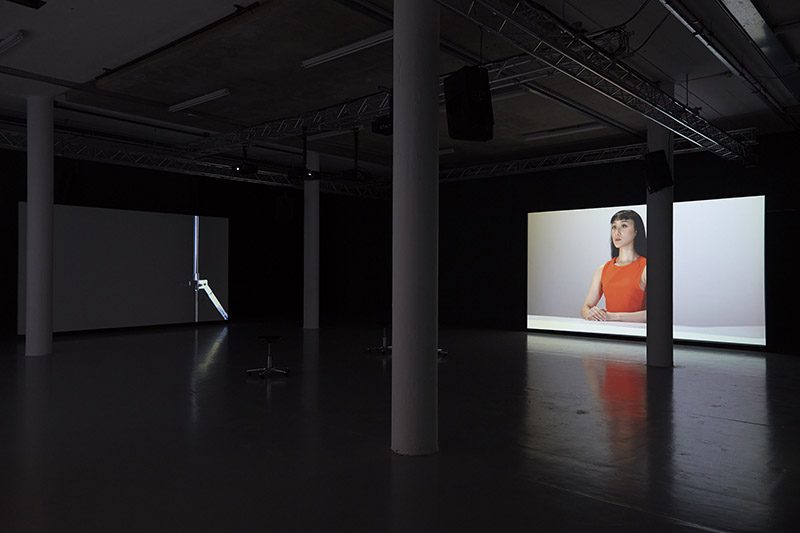ART CITIES: Amsterdam -Cally Spooner
 Cally Spooner uses theory, philosophers, current affairs and pop cultural figures as alibis to help her write, and casts of arguing characters to help her perform, Spooner produces plotless novellas, disjunctive theater plays, looping monologues, and musical arrangements to stage the movement and behavior of speech. Recent work has explored how high performance economies have affected speaking as a live, undetermined event. Her work includes writing, film, live events, and broadcasting.
Cally Spooner uses theory, philosophers, current affairs and pop cultural figures as alibis to help her write, and casts of arguing characters to help her perform, Spooner produces plotless novellas, disjunctive theater plays, looping monologues, and musical arrangements to stage the movement and behavior of speech. Recent work has explored how high performance economies have affected speaking as a live, undetermined event. Her work includes writing, film, live events, and broadcasting.
By Efi Michalarou
Photo: Stedelijk Museum Archive
“And You Were Wonderful, On Stage” is a five-channel film installation by the British artist Cally Spooner. In this work, a musical for six continuously rolling cameras, a black box soundstage and its inhabitants, are recorded in a single take. The mechanics of the shoot (cameras, microphones, mixing boards, chromakey screens and crew) remain as present as the performers they capture. Cast and crew become a constant-motion human backdrop, pragmatically recomposing scene-changes through lighting cues, voice, body movement, or continuous shifts of filmic apparatus and props. The semblance of a post-production edit arrives through the organisation and orchestration of bodies on set. In the installation, filmic composition becomes a by-product of a process, where these several well-rehearsed units of performers produce a 46-minute non-stop motion, which sometimes creates coherency, and at other times does not. The six camera feeds are presented on five screens, with their chronology and technical mishaps left untouched, in an installation that has more in common with a live choreographic event than cinema. This work has its origins in a commission by the Stedelijk Museum’s Public Program. Cally Spooner developed “And You Were Wonderful, On Stage”, a peripatetic musical, over the course of two years. The piece was delivered by a chorus line of women, gossiping about celebrities, athletes and politicians who have outsourced their performances to a technology, with examples including Beyoncé’s lip-syncing scandal during the presidential inauguration, Lance Armstrong’s Oprah-mediated apology for his use of doping, and speechwriter Jon Favreau’s departure from the White House in pursuit of a career as a Hollywood scriptwriter. The chorus’ libretto was based on meeting notes from an advertising agency, on how to extract personally disclosed stories and aspirations from employees and repackage them to better reflect the voice of their corporation as a TV commercial. Stedelijk Museum presents the completed work in its entirety for the first time.
Info: Curator: Britte Sloothaak, Stedelijk Museum, Museumplein 10, Amsterdam, Duration: 16/1-13/3/16, Days & Hours: Mon-Thu & Sat-Sun 10:00-18:00, Fri 10:00-22:00, www.stedelijk.nl



